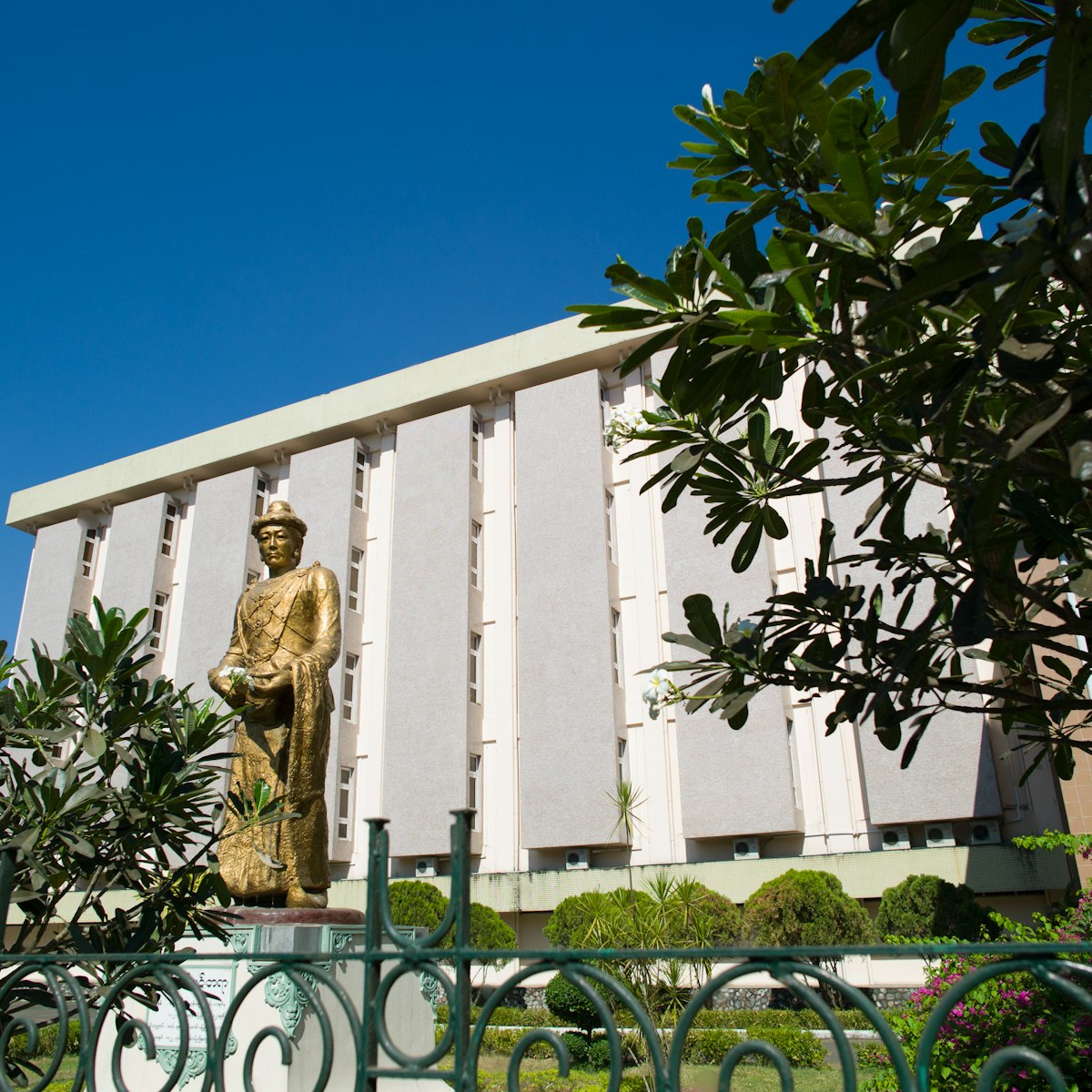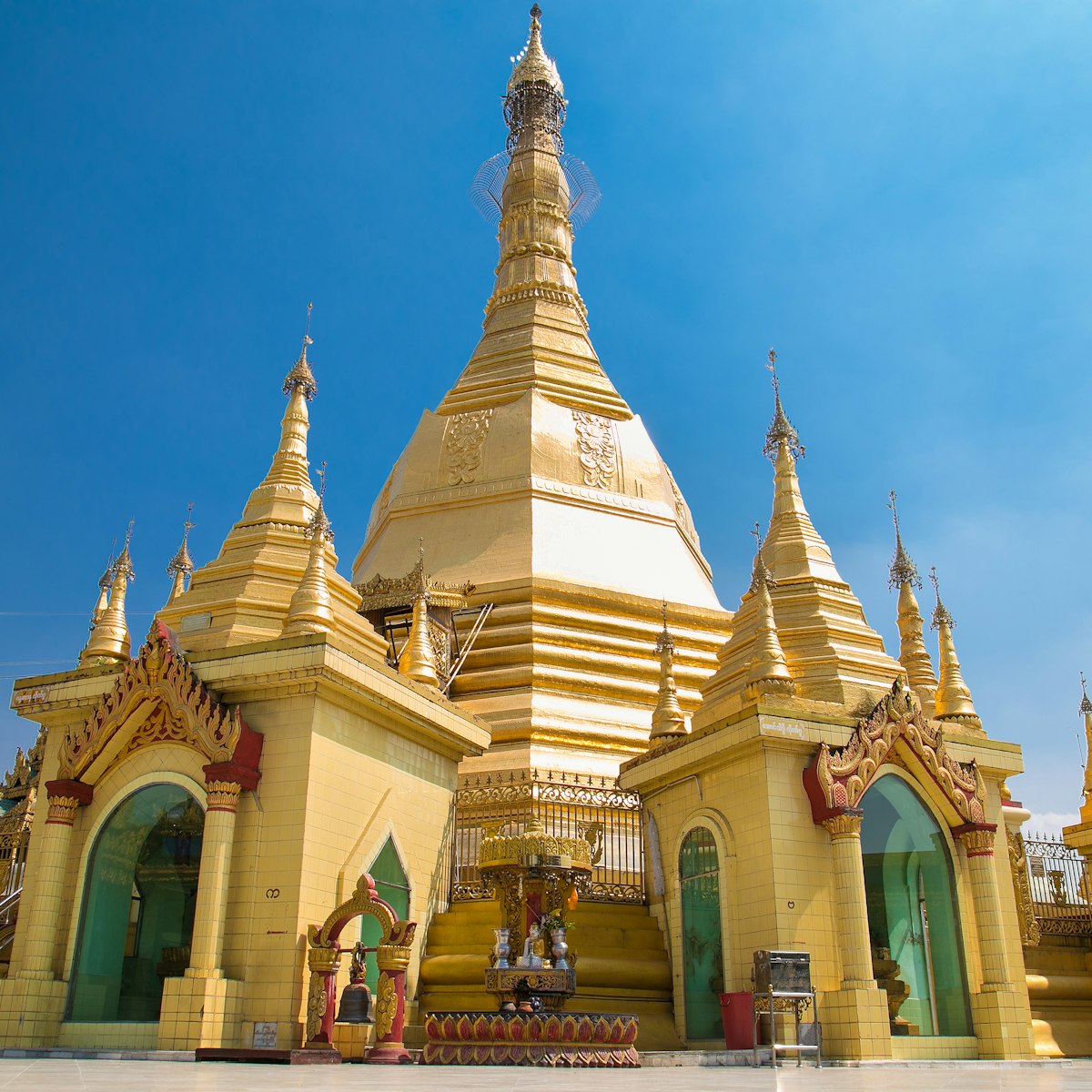Covered in silks and strewn with sweet-smelling petals, the mausoleum of India's last Mughal emperor is a place of pilgrimage for Indians, Muslims and others interested in the history of the Raj. Bahadur Shah Zafar II was exiled to Yangon (then called Rangoon) along with his wife (also buried here) and family in 1858 following the failed Sepoy Rebellion in Delhi. He had a reputation as a talented Urdu poet and died four years later in November 1862.
At that time the ex-emperor's shrouded corpse was hastily buried in an anonymous grave in his prison enclosure. A mausoleum was later built on the site of the prison, but the location of the grave itself remained a mystery until 1991, when workmen discovered it 3.5ft underground during excavations for a new structure.
The mausoleum is part of a functioning mosque. You can read more about Bahadur Shah Zafar's life and death in William Dalrymple's The Last Mughal (2006).






